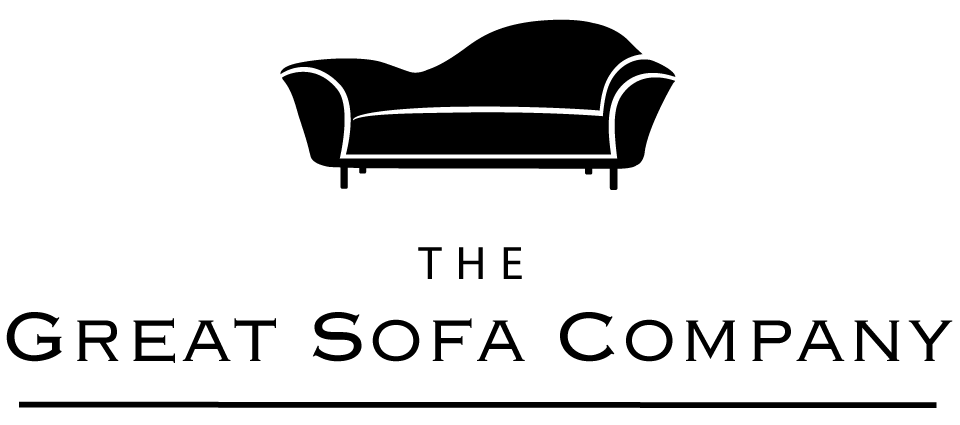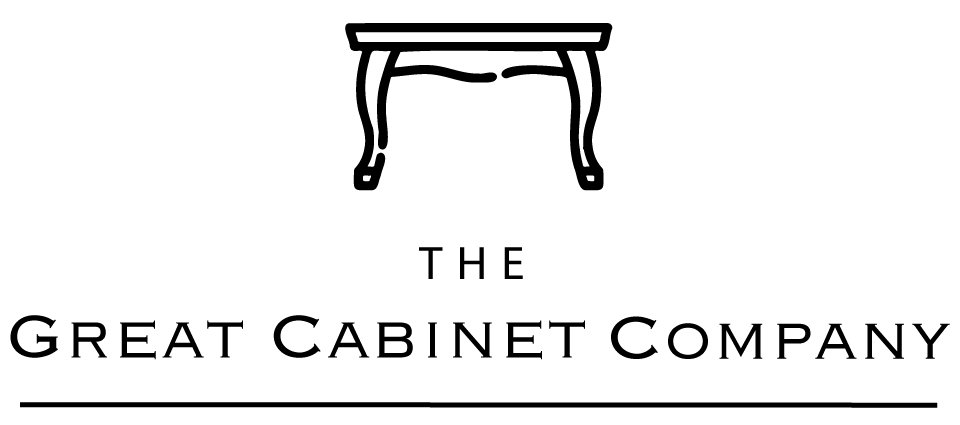Leather VS Fabric
est. 1987
Team Leather or Team Fabric
Are you team leather, or are you team fabric? When it comes to furniture, leather and fabric are two popular choices. Both have pros and cons, making it difficult to decide which is the best option for you. Understandably, certain people may be 100% one or the other. However, it would be best to consider either side’s advantages and disadvantages before you splash the cash. With the ultimate leather vs. fabric debate, let’s get ready to rumble. Will one trump the other? You decide!
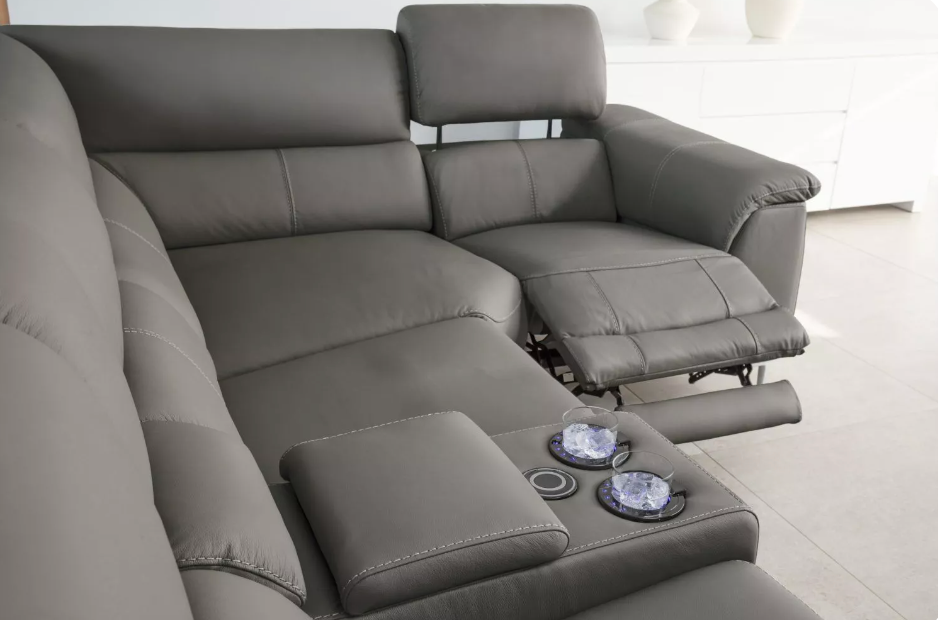
The Great Furniture Group, parent company to:
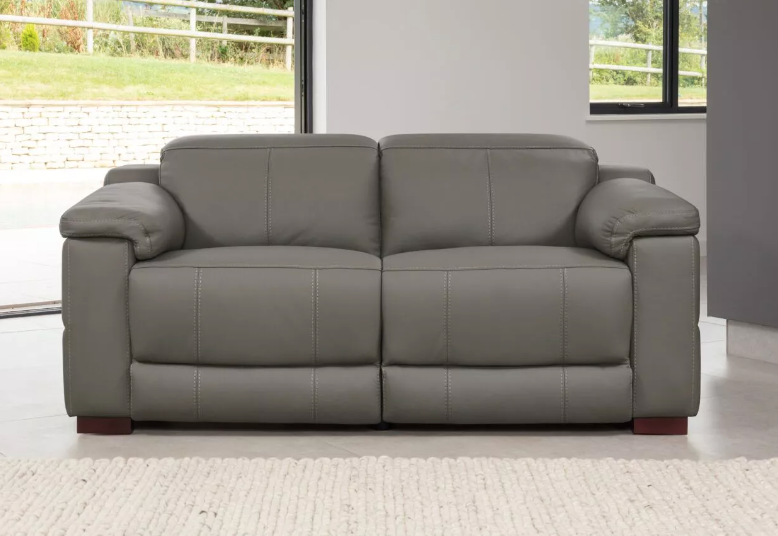
Family-run Factories With Experience
Leather furniture has been around for centuries, with the first leather sofas appearing in the 1700s. The origin of leather lies in its many practical uses. It is durable, water-resistant, and easy to clean, making it perfect for furniture. Leather also ages well, meaning your sofa will only look better with time! Leather is a popular choice for furniture because it is durable and looks classy, and its popularity has only grown in recent years.
There are many different types of leather, each with its unique characteristics. Leather is a natural material, which means that it is environmentally friendly and biodegradable. It has the stylish look, it has the quality to last for many years, and it is also doing its bit for the planet! What a contender. So, why are leather electric reclining sofas beneficial and non-beneficial…
Leather Pros
1) Leather is incredibly durable and long-lasting. A quality leather sofa can last for decades if well looked after.
2) Leather is easy to clean and care for. Spills and stains can be quickly wiped away without causing any damage.
3) Leather does not attract dust or pet hair, making it an excellent choice for people with allergies or pets.
4) Leather is flame retardant and will not catch on fire easily, making it a safe choice for families with children.
Leather cons
1) Although leather is a natural resource, leather is not a very environmentally friendly choice due to the tanning process of leather uses many toxic chemicals, which can harm the environment.
2) Leather is expensive to buy and maintain. It requires regular cleaning and polishing in order to keep it looking good, and this can be costly in the long run.
3) Heat retention and firmness: leather sofas are less comfortable than fabric sofas. In addition, they also retain more heat in the summer months and are not as warm in the winter as fabric sofas.
Fabric electric reclining sofas
Fabric sofas are a popular choice for those who are looking for a sofa that is both comfortable and stylish. There are many different types of fabric to choose from, meaning that there is something to suit everyone’s taste. Fabric sofas are also affordable, making them an excellent option for those on a budget. Fabric tends to give your living space a more gentle and softer look, creating a composed and peaceful environment. If you’re all about feng shui, this is a perfect contender! So, why are fabric electric recliner sofas beneficial and non-beneficial…
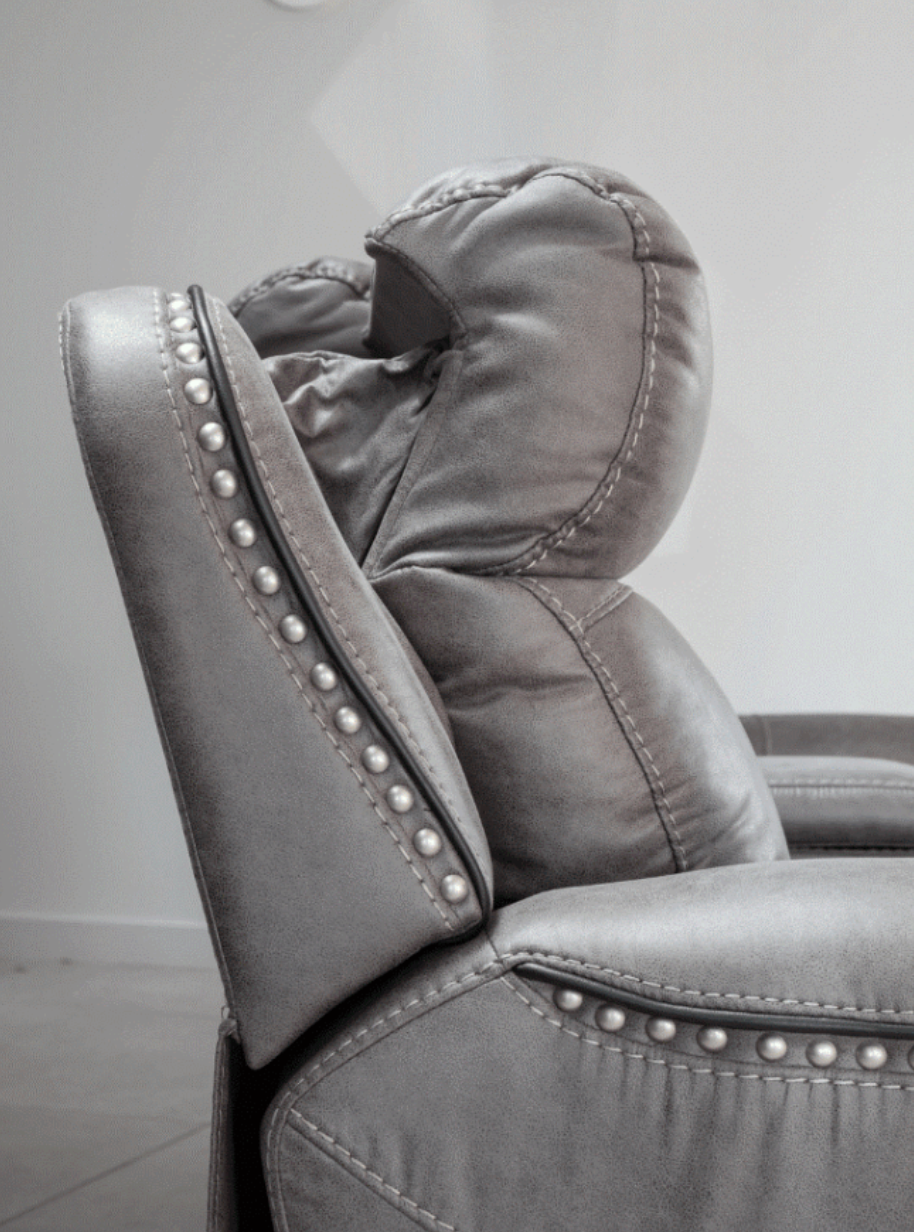
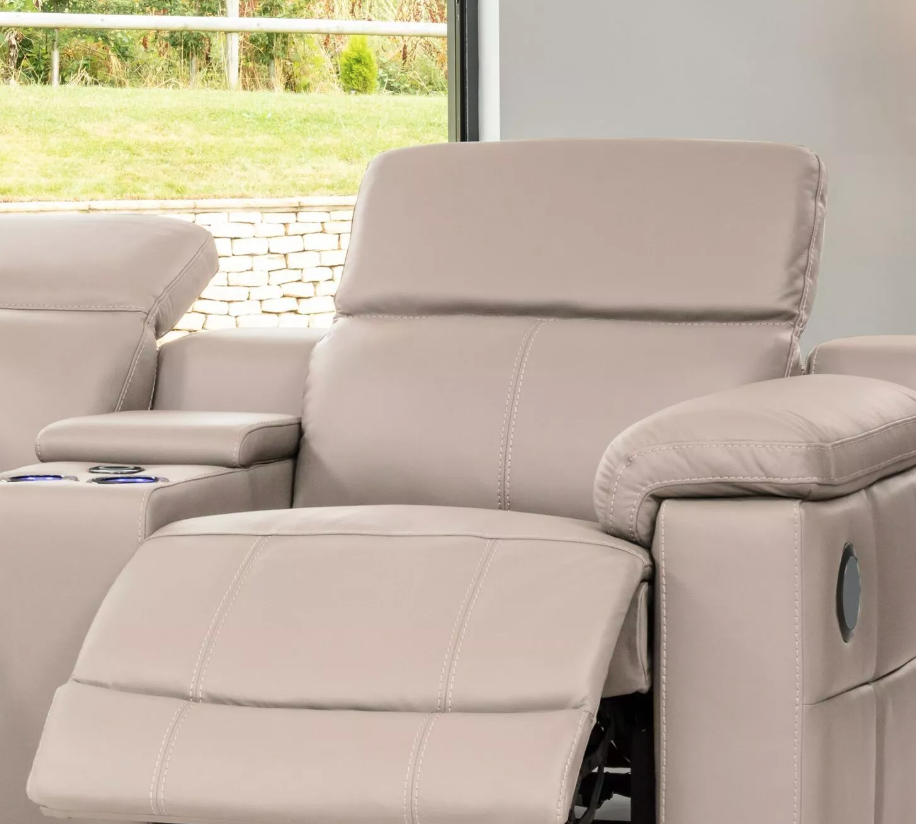
Fabric Pros:
1) Fabric is comfortable and soft, making it a great choice for those who want to relax on their sofa.
2) Fabric comes in many different designs and colours, meaning that there is something to suit everyone’s style or any room’s style.
3) Fabric is affordable and easy to maintain, making it the perfect choice for your back pocket!
4) Fabric does not fade in the sun or light, meaning it will always look good.
Fabric Cons:
1) Fabric can be stained quite easily if not cleaned regularly.
2) Fabric is more likely to trap dirt and dust.
3) Can harbour allergens. Fabrics used for sofas are breathable, allowing space for pet dander and dust mites. If you have allergies, prepare to sneeze more!
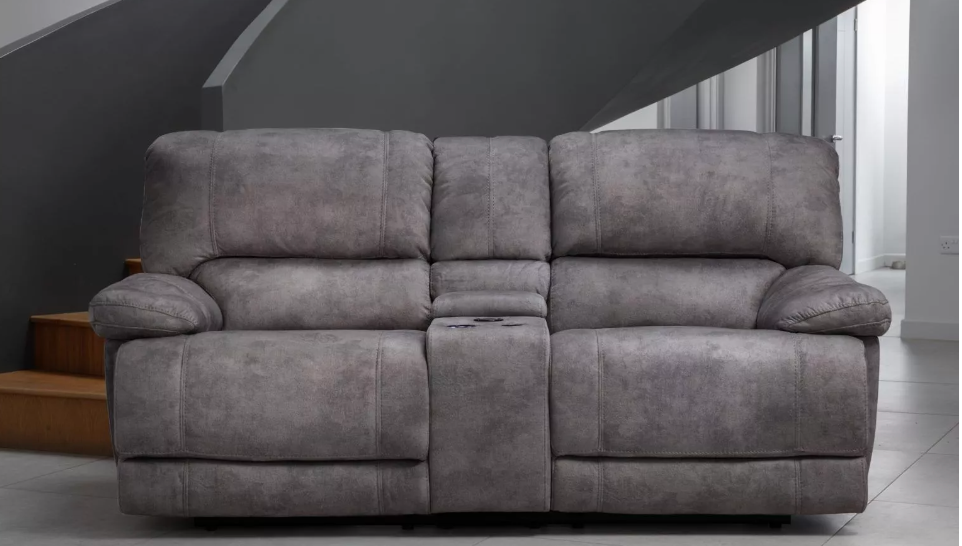

So, there you have it! We have the pros and cons of both leather and fabric sofas. Does one trump the other for you? Will it be expensive-looking and stylish or cheap and cheerful? You decide! Visit our fabric sofa page or our leather sofa page for our varied range.


